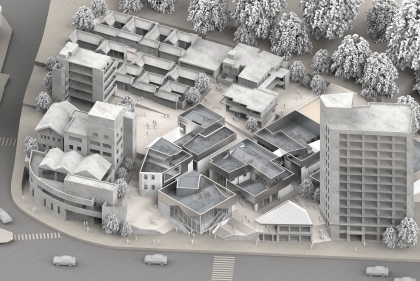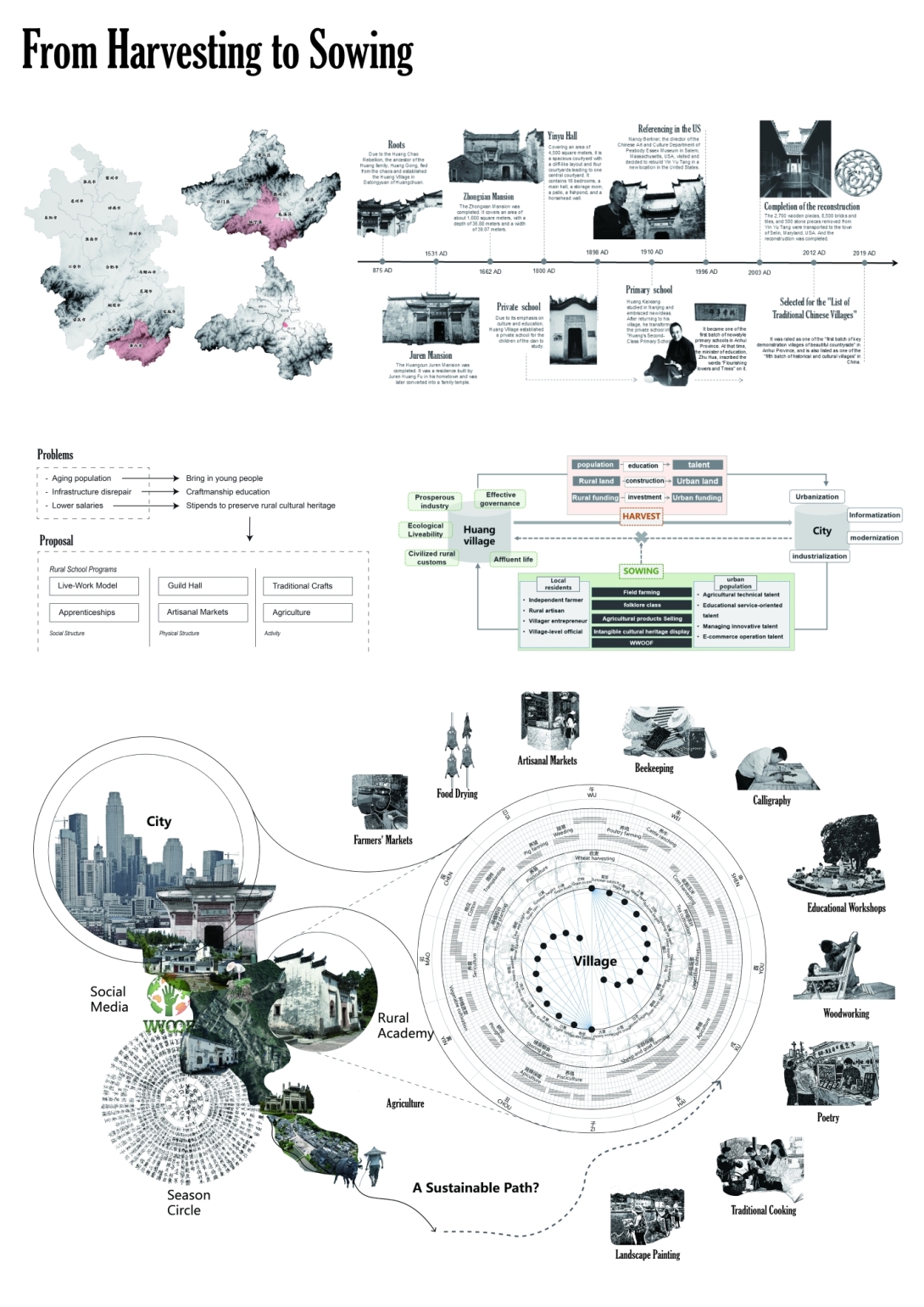July 18, 2025
Exploring China’s Rural Landscapes Up Close
Now in its second year, the SEU-Penn Exchange Program brought designers, planners, artists, and preservationists from around the world to China to examine the future of rural villages and their relationships to the cities.
By Jared Brey

"As designers, exploring how different countries and cultures approach similar challenges allows us to understand the issues more objectively and in greater depth,” says landscape architect Yadan Luo (left), one of the Weitzman faculty members to organize SEU-Penn program. (Photo ArchiDogs)
Close
"As designers, exploring how different countries and cultures approach similar challenges allows us to understand the issues more objectively and in greater depth,” says landscape architect Yadan Luo (left), one of the Weitzman faculty members to organize SEU-Penn program. (Photo ArchiDogs)
Mel Bleecker, a first-year Master of Landscape Architecture student, and her group used historic villages in Anhui and Hangzhou as case studies to explores the symbiotic relationship between cultural heritage and material resources. By establishing a dual circulation network of water travels and hiking trails, traditional agricultural products are reimagined as design mediums.
Darren Tindall, a Master of Landscape Architecture student at Weitzman, presented Root and Branch, a project focusing on left-behind elders and children in rural areas. By planning movement routes and redesigning ancestral halls and their surrounding spaces, the design reactivates public areas and offers practical strategies for inclusive rural revitalization.

 View Slideshow
View Slideshow




